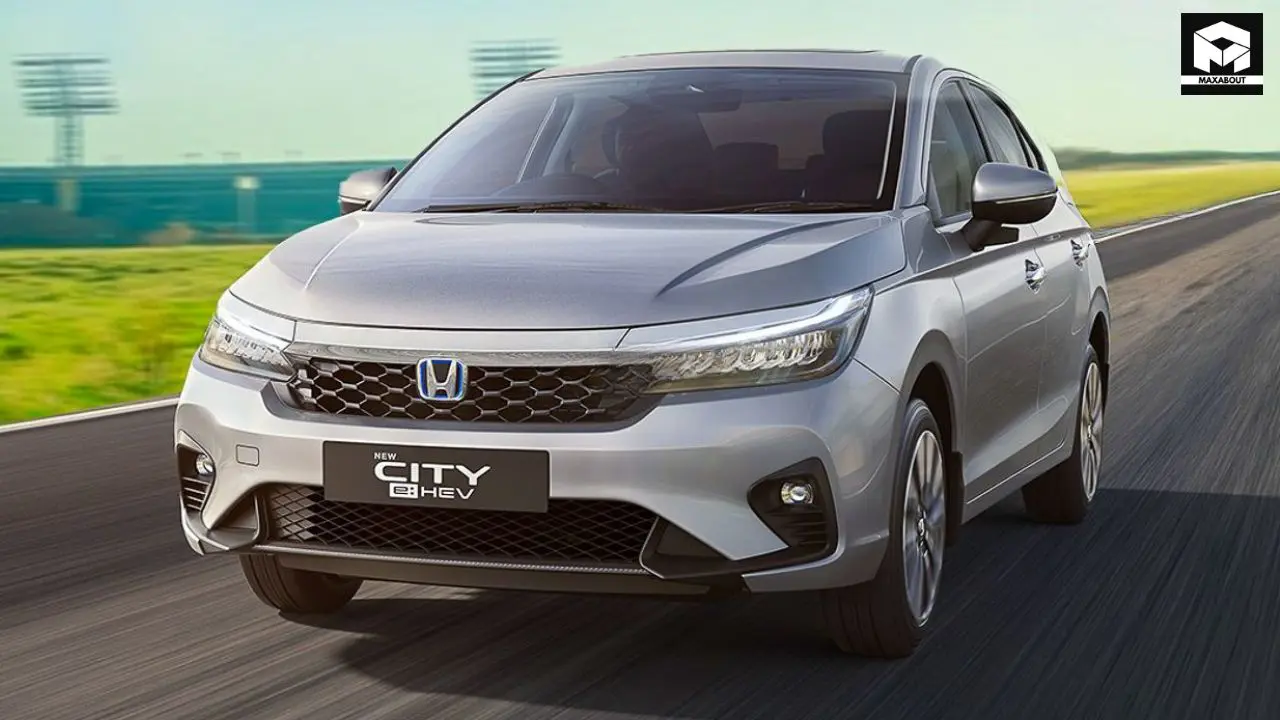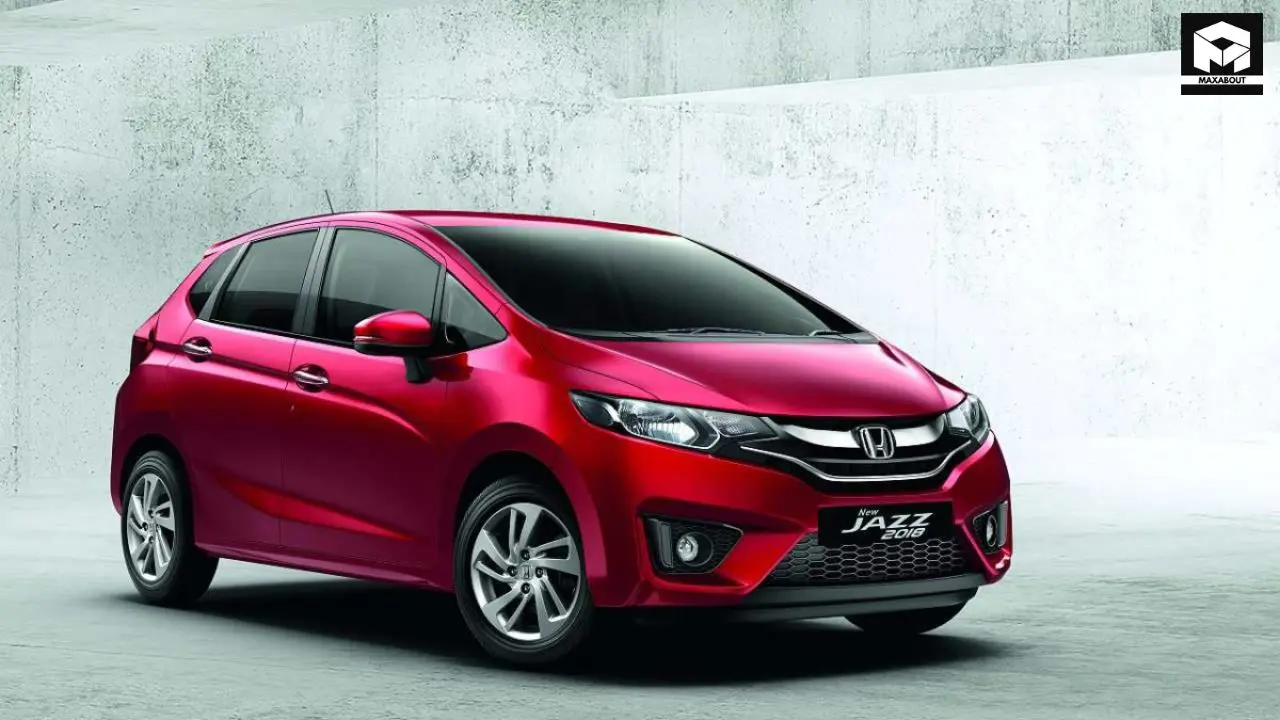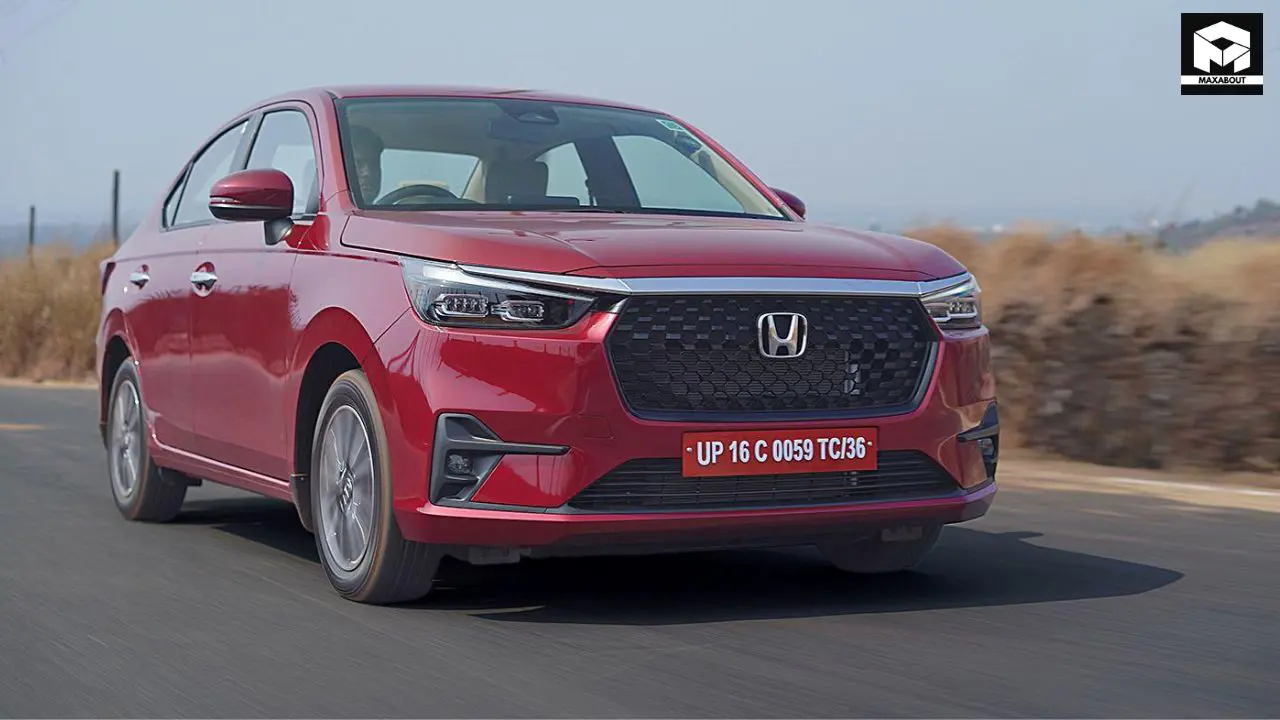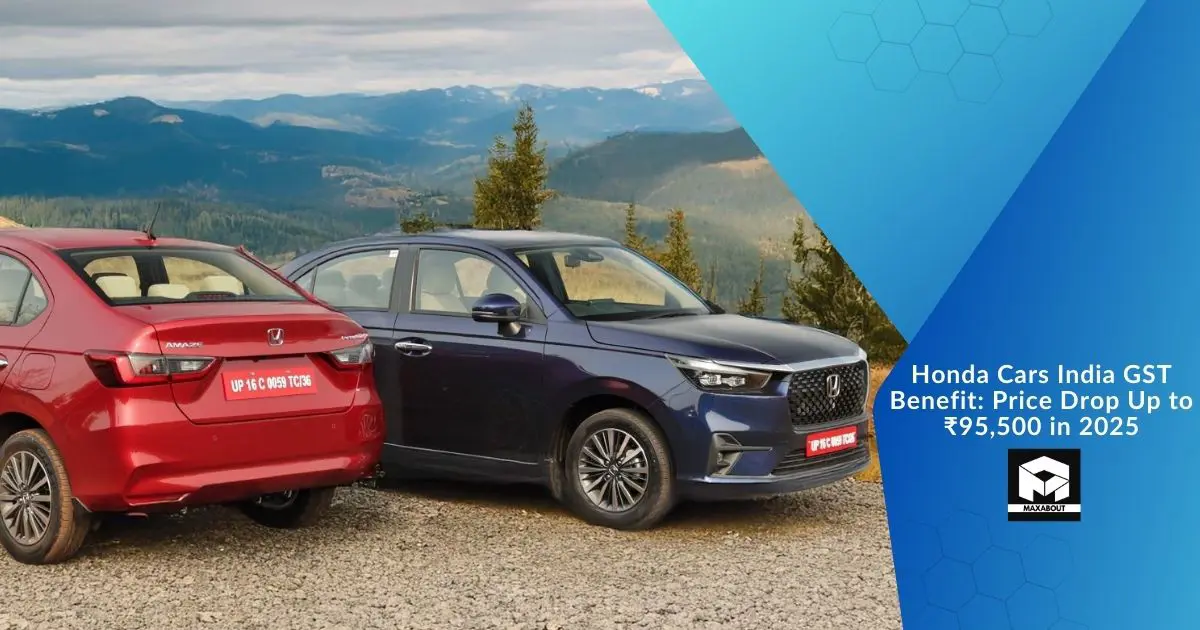Honda Cars India Slashes Prices Following GST Implementation
In a significant move that demonstrates its commitment to consumer benefits, Honda Cars India has announced substantial price reductions across its entire model lineup following the implementation of the Goods and Services Tax (GST). The price cuts, ranging from Rs 10,000 to an impressive Rs 95,500 depending on the model and variant, reflect the tax benefits that have emerged from India's transition to the unified tax system.
As someone who closely follows the automotive industry, I can tell you that this price reduction is a substantial development for potential Honda buyers. The GST rollout has streamlined the previously complex tax structure that included various state-level taxes, octroi, and other levies that often created pricing inconsistencies across different regions in India.
Model-Specific Price Reductions From Honda
Honda's price reduction strategy varies across its product lineup, with different models receiving different levels of price adjustments. Let's break down the reductions by model to understand the impact better:
Honda City

The Honda City, one of the company's flagship models in India, has received a substantial price cut. The mid-size sedan now costs between Rs 16,000 and Rs 28,000 less than its pre-GST price, depending on the variant. For a vehicle that typically retails in the Rs 8-14 lakh range, this represents a reduction of approximately 1.5-2.5%, which is significant when considering the overall purchase cost.
Honda WR-V

Honda's compact crossover, the WR-V, has seen price reductions ranging from Rs 10,000 to Rs 25,000 across its variant lineup. For a relatively new model in Honda's portfolio, this price adjustment makes it more competitive in the highly contested compact SUV segment where it faces rivals like the Maruti Suzuki Vitara Brezza and Ford EcoSport.
Honda BR-V

The Honda BR-V, positioned as a compact SUV with three-row seating capability, has received price cuts between Rs 30,000 and Rs 95,500. The higher-end variants have benefited from the largest reductions, making the well-equipped versions of this family-oriented vehicle more accessible to potential buyers.
Honda Jazz

The premium hatchback from Honda, the Jazz, now costs between Rs 15,000 and Rs 20,000 less after the GST implementation. This reduction strengthens its position against competitors like the Maruti Suzuki Baleno and Hyundai i20 in the premium hatchback segment.
Honda Brio and Amaze

Honda's entry-level offerings, the Brio hatchback and the Amaze compact sedan, have also received price cuts ranging from Rs 12,000 to Rs 30,000 depending on the variant and city. These reductions are particularly important for these entry-level models as price sensitivity is highest in these segments.
Understanding the GST Impact on Automobile Pricing
The implementation of GST has had a significant impact on the automotive industry's tax structure. To fully appreciate Honda's price reductions, it's important to understand the fundamental changes brought about by GST.
Pre-GST Tax Structure for Automobiles
Before GST implementation, the automobile sector faced a complex tax structure that included:
- Excise duty: Ranging from 12.5% to 30% depending on vehicle category
- VAT: Typically between 12.5% to 14.5% across states
- Infrastructure cess: 1% to 4%
- Additional taxes: Including octroi (up to 4% in some states) and other local levies
This multi-layered tax system often resulted in cascading tax effects (tax on tax), creating inefficiencies and higher end-consumer prices.
Post-GST Tax Structure
Under the GST regime, automobiles are primarily categorized under the 28% tax bracket. However, additional cess is applied based on vehicle type:
- Small cars (under 4m length, petrol engine under 1.2L, diesel under 1.5L): 1-3% cess
- Mid-size cars: 15% cess
- Luxury and SUVs: 15-22% cess
While the base GST rate plus cess might seem similar to the previous cumulative tax rate, the elimination of cascading tax effects and state-level variations has resulted in net benefits that manufacturers like Honda are now passing on to consumers.
Official Statement from Honda Cars India
According to the official announcement from Honda Cars India, the company has revised the pricing of its models to ensure that GST benefits are passed on to customers nationwide. The company stated that they are committed to maintaining transparency in pricing and providing the best value to Indian consumers.
A senior Honda Cars India executive was quoted in reports stating: "We welcome the introduction of the GST, which will be a game-changer for the Indian economy. Honda Cars India has decided to pass on the full benefits of GST rates to our customers, further enhancing the value proposition of our products."
Regional Variations in Price Reductions
An interesting aspect of the GST implementation is how it has normalized prices across different regions of India. Previously, the tax variations between states meant that car prices could differ significantly depending on where you purchased the vehicle.
State-Specific Impact
The price reductions from Honda are not uniform across all states in India. States that previously had higher tax rates are seeing more substantial price drops. For instance:
- Maharashtra, which previously charged octroi in cities like Mumbai, is seeing some of the largest price reductions
- Karnataka, with its previously higher road tax structure, also shows significant price benefits
- States with already lower tax structures might see more modest reductions
According to data from dealerships, the price benefit in metropolitan cities like Mumbai and Bangalore tends to be higher than in tier-2 and tier-3 cities due to the previous tax structures in these regions.
Industry-Wide Response to GST
Honda isn't the only manufacturer to pass on GST benefits to consumers. The entire automotive industry has responded positively to the tax restructuring, with most major manufacturers announcing similar price reductions:
- Maruti Suzuki announced price cuts ranging from Rs 2,300 to Rs 23,400
- Toyota reduced prices by up to Rs 98,500 on some models
- Hyundai announced reductions of up to Rs 84,867 across its lineup
- Tata Motors slashed prices by up to Rs 2.17 lakh on some of its commercial vehicles
This industry-wide response indicates a significant shift in automobile pricing strategy following the GST implementation, creating a more competitive and potentially more affordable market for consumers.
What This Means for Potential Honda Buyers
If you're in the market for a new Honda vehicle, these price reductions present a compelling opportunity. The timing is particularly advantageous for several reasons:
Enhanced Value Proposition
With reductions of up to Rs 95,500, the value proposition of Honda vehicles has improved significantly. Models like the BR-V, which received the highest price cuts, now offer better value for money compared to their pre-GST pricing.
Normalized Prices Across States
One of the major benefits of GST implementation is the normalization of prices across different states. This means you no longer need to consider purchasing a vehicle in a different state to save on taxes – a practice that was common before GST.
Potential for Better Deals
Beyond the official price reductions, this transitional period might offer additional opportunities for negotiation at dealerships. Dealers adjusting to the new tax regime might be more flexible with pricing and offers as they adapt to the changed market conditions.
Long-Term Impact of GST on the Automotive Sector
While the immediate effect of GST implementation is seen in these price reductions, the long-term impact on the automotive industry is likely to be more profound:
Supply Chain Efficiencies
The GST has streamlined the movement of goods across state borders, potentially reducing logistics costs for manufacturers. This could lead to further cost efficiencies that might be passed on to consumers in the future.
Simplified Business Operations
For automotive companies, the unified tax system simplifies compliance and reduces the complexity of operations across different states. This reduction in administrative burden could potentially lead to more competitive pricing strategies.
Market Growth Potential
With more attractive pricing, the automotive market in India might see accelerated growth. The price reductions could bring certain models within reach of a broader customer base, potentially expanding the market.
Conclusion: A Win for Honda Customers
Honda's decision to pass on the full GST benefits to customers demonstrates the positive impact that tax rationalization can have on consumer markets. With price reductions of up to Rs 95,500, Honda vehicles now represent better value than before, potentially influencing buying decisions for consumers who were on the fence about purchasing a new vehicle.
For potential buyers, this is an opportune time to consider a Honda purchase, with the combination of reduced prices and the company's reputation for reliability and quality making for a compelling proposition. The price reductions, coupled with Honda's strong product lineup, position the company well in the competitive Indian automotive market.
As the market continues to adjust to the GST regime, we may see further evolution in pricing strategies and competitive positioning. What remains clear is that for now, Honda customers are among the beneficiaries of India's most significant tax reform in decades.

